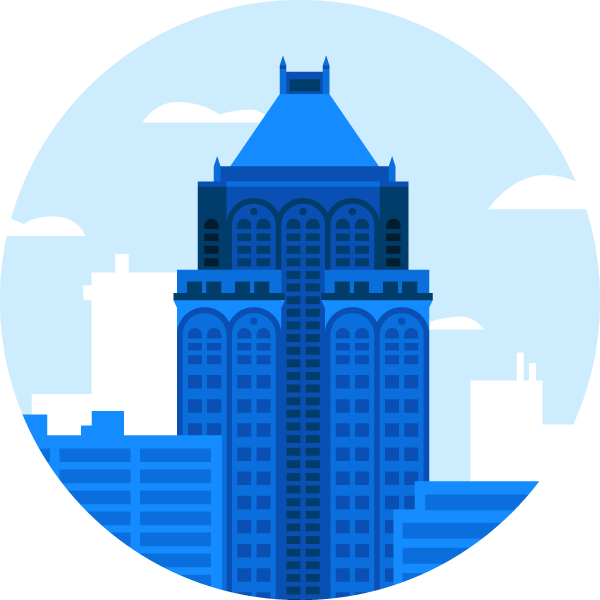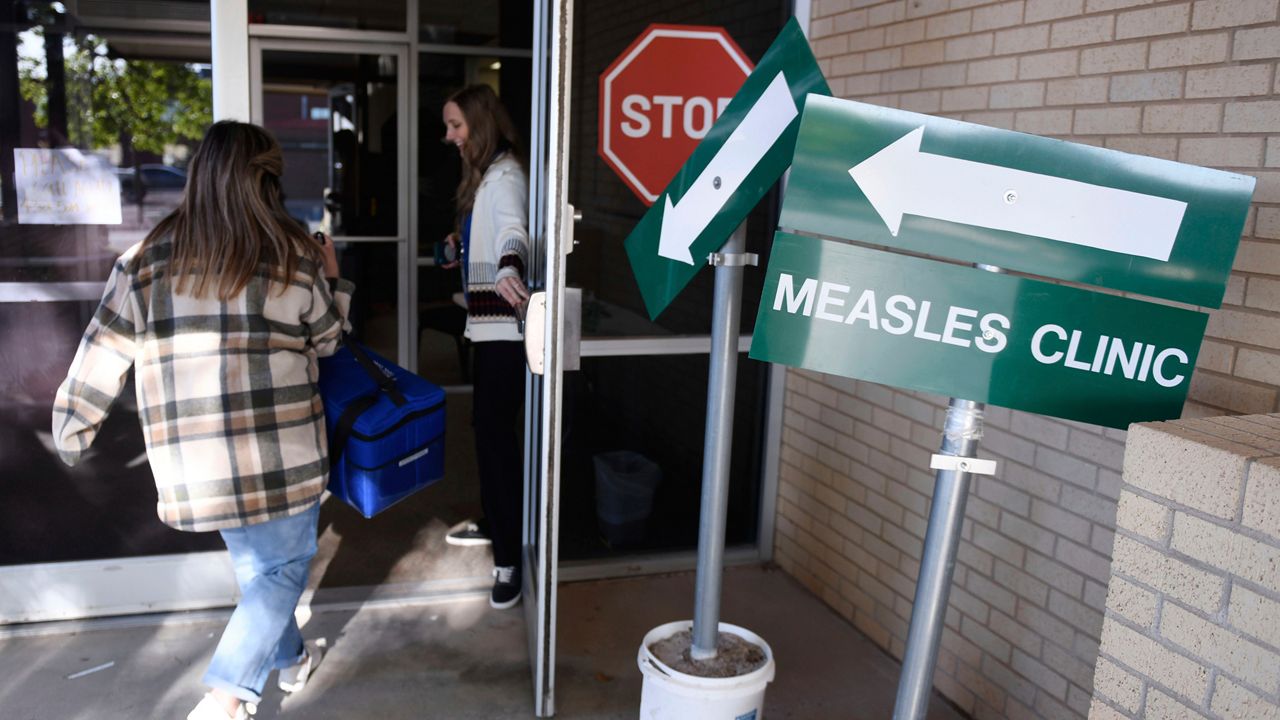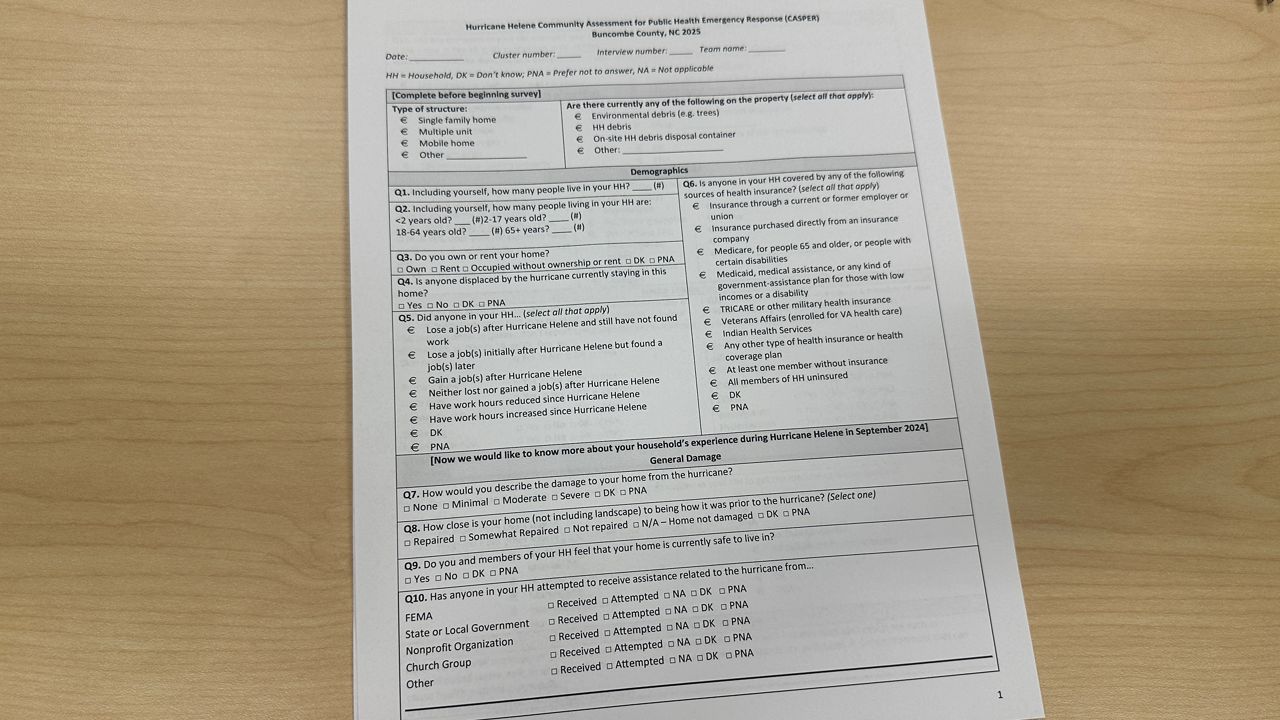CHAPEL HILL, N.C. — The recent headlines of sudden cardiac arrests have people far beyond the sports world asking about why the hearts of some athletes seem to fail them more than others.
Bronny James, the son of L.A. Lakers star LeBron James, experienced sudden cardiac arrest during a basketball workout at the University of Southern California. The 18-year-old incoming freshman’s hospitalization sparked flashbacks of early January when Buffalo Bills safety Damar Hamlin collapsed on the field after a tackle.
The two high-profile cases each happened to relatively healthy, young Black athletes.
An expert at the University of North Carolina Chapel Hill broke down why tracking serious life-changing injuries in sports is so important.
“The data that we collect are these catastrophic sport injuries or illnesses,” Dr. Kristen Kucera said. “That includes sudden cardiac arrests.”
Kucera is the director of the National Center for Catastrophic Sport Injury Research (NCCSIR). The group tracks serious injuries and illnesses in college, high school and youth sports.
“I think what we really emphasize and worked towards is let’s gather everything that we can possibly find out about these events,” she said.
The researcher acknowledged how sports can be an escape, an equalizer and at times, even scary.
“We’ve been conducting this work in partnership with sport organizations who use the information to evaluate policy, make changes to the sport or improve medical care based on the data we’re collecting,” she said.
The researcher talked about how the sight of Hamlin lying on the field after sudden cardiac arrest and the news of Bronny James being taken off the court are reminders of why they do their work.
“Rewarding, hard. We all have a passion for this, and I think that’s what keeps us going and keeps us doing it,” she said.“Rewarding, hard. We all have a passion for this, and I think that’s what keeps us going and keeps us doing it,” she said.
The director, who also has a background in epidemiology, relies heavily on the public to report these incidences. Parents, family, friends, schoolteachers, coaches and other players must submit information online to the center for it to be registered in their system.
“We see that information on the back end,” she said.
Most of their operation is digital. However, their inventory of information runs back decades.
”We have our file cabinets back here,” the doctor said as she pulled open a cabinet full of years and names.
Her mind is a reservoir as well. She previously was an athletic trainer.
“I’d been working in the field, and I’d decided I really wanted to get more to the whys of why this was happening,” Kucera said.
A 2020 study in the British Journal of Sports Medicine revealed Black male NCAA Division I basketball players are most at risk. This group has the highest rate of sudden cardiac arrest and death among athletes 11 to 29 years old. The rate of cardiac arrest and death among college basketball players is 21 times higher than the average among high school male athletes of all races.
Those are answers Kucera continues looking for to this day.
“Particularly in sports like basketball, football, soccer, track and field and cross country," Kucera said.
Access to resources, like automatic emergency defibrillators, are key.
“Having access to an AED within three minutes is critical to survival,” she said.
Kucera explained how the stories they compile can save lives and help society rethink how to better respond to sports-related injuries, such as James' and Hamlin's.
“That really shows us what can happen and how we can have really positive outcomes when the resources are there,” she said.
That same study from the BMJ showed sudden cardiac arrest is the foremost cause of death in competitive American sports.
The reasons why rates are higher with this demographic remain unclear. Scientists, researchers, field specialists and sports medicine experts continue investigating causes while exploring how much lifestyle choices, genetics and the individual sport an athlete may play may influence why young Black men are experiencing sudden heart failure more often.
Safety and Prevention
• Access to resources such as AEDs, personnel trained in life-saving measures, like CPR or first aid, and availability of certified athletic trainers are important components to prevention and emergency response
Kucera divides prevention into two categories:
• Primary prevention: This is stopping the event from happening in the first place. One example is exertional heat stroke. To prevent that, she said monitoring weather conditions can help if you then change a practice schedule, time or location based on that forecast. Another is a physical screening
• Secondary prevention: This is how to get the best outcome possible if a catastrophic event occurs. She said having an emergency plan in place is crucial, so that everyone knows their role and function. Kucera said rehearsing the protocol in the site or venue where the emergency could happen builds comfort and familiarity when the time comes to act









